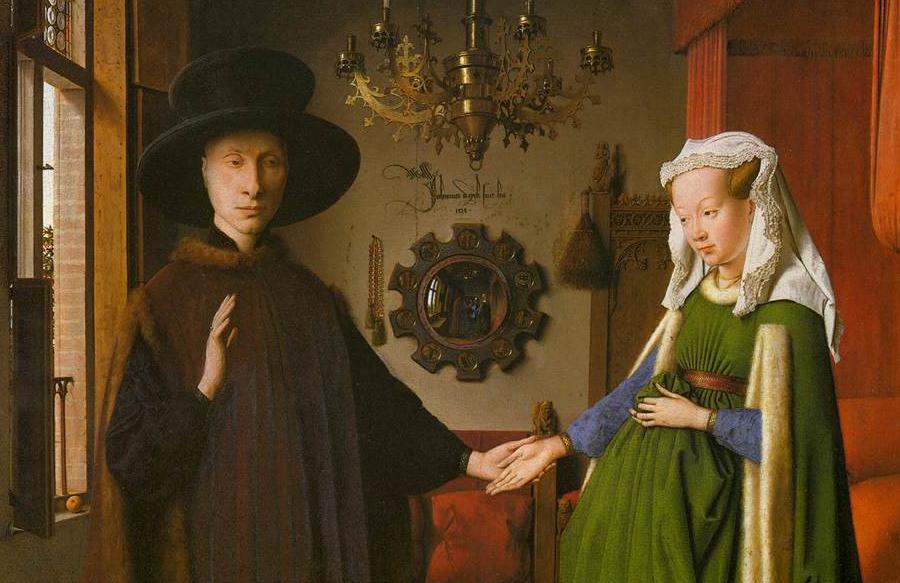|
PHYS 1011 Waves, Light & Quanta
| |
Unit Coordinator: |
Dr Tim Freegarde |
Semester: |
2 |
| |
Prerequisites: |
A-level Physics and Mathematics |
Credit Points: |
10 |
| |
This is a core unit for all physics programmes |
|
 |
Introduction
This course introduces the physics of wave motion and applies the formalism of wave behaviour in the context of
physical optics and the foundations of quantum physics. It will arm students with a basic knowledge of physical
optics, including ray propagation, polarization and diffraction, and introduce the dual wave-particle characteristics
of light and matter. It thus provides a base for future study of optics, wave physics and quantum physics in
subsequent courses.
Learning Outcomes
After studying this course, students should have a basic knowledge and understanding of:
- ray propagation, Fermat's principle, Snell's law and image formation
- mirrors, lenses, telescopes, microscopes and interferometers
- propagation matrix analysis of simple optical systems
- polarization, polarizers, birefringence and the matrix analysis of polarization
- interference and the Huygens model of wave propagation; reflection, refraction and diffraction
- sinusoidal waves, wavelength, frequency and wavenumber
- polychromatic sources and spectrometers
- beats and coherence
- photon energy and momentum, electron diffraction and tunnelling, and classic observations of quantum physics
Syllabus
- rays and images: Fermat's principle, Snell's law, mirrors, lenses, telescopes and propagation matrices
- wavelength and polarization: prisms, rainbows and dispersion; polarization, birefringence and polarizers; polarization matrices
- wave phenomena: amplitudes and interference; Huygens construction and diffraction; slits, gratings and interferometers
- superpositions: spectra and spectrometers; beats and coherence
- quanta and wave-particle duality: photon energy and momentum; electron diffraction and tunnelling; wavepackets and uncertainty
Teaching and Learning Methods
Teaching is through a course of 24 lectures, supplemented by exercises which are addressed in separate tutorial classes.
Non-contact Hours
Students are expected to pursue six hours of independent study per week.
Assessment Methods
Assessment is by written examination at the end of the course. Section A of the paper will comprise five short,
compulsory questions; section B will contain four longer questions, of which only two should be answered.
Recommended Books and Course Materials
- E. Hecht - Optics, 4th ed., Addison-Wesley (2001)
ISBN 0 8053 8566 5
- A., S. G. & H. Lipson - Optical Physics, 4th ed., Cambridge (2011)
ISBN 978 0 521 49345 1
- F. L. & L. S. Pedrotti - Introduction to Optics, 3rd edition, Pearson (2006)
ISBN 978 0 1319 71332
- F. G. Smith, T. A. King & D. Wilkins - Optics and Photonics, 2nd edition, Wiley, Chichester (2007)
ISBN 978 0 470 01784 8
- E. L. & T. D. Dereniak - Geometrical and trigonometric optics, Cambridge (2008)
ISBN 978 0 521 887465
- M. L. Boas - Mathematical Methods in the Physical Sciences, Wiley, New York (1983) ISBN 0 471 04409 1
- R. P. Feynman- Lectures in Physics, vol. 1, Addison-Wesley (1970) ISBN 0 201 02116 1
Other Course Information
Skills Development
Importance on a scale of 0 (low) to 5 (high):
Insight & understanding |
5 |
Critical analysis |
4 |
Problem solving skills |
3 |
Knowledge base |
2 |
Communication skills |
1 |
Practical skills |
0 |
Teamwork |
0 |
Other |
|
|
|
|
Lecture slides:
introduction
Week 1
Week 2
Week 3
Week 4
Week 5
Week 6
Week 7
Week 8
Week 9
Week 10
Problem sheets:
Sheet 1
/ solns
Sheet 2
/ solns
Sheet 3
/ solns
Sheet 4
/ solns
Sheet 5
/ solns
Sheet 6
/ solns
Sheet 7
/ solns
Sheet 8
/ solns
Sheet 9
/ solns
Sheet 10
/ solns
Examinations:
Jan 2010
/ solns
report
Jan 2011
/ solns
report
Files:
Ray matrices
PDF
Mathematica
Blackbody radiation
Original papers:
Newton's Opticks
F M Grimaldi
R Descartes
P de Fermat
T Young
C Huygens
A Fresnel
Michelson
Michelson/Pease
Michelson/Morley
A H Compton
Davisson/Germer
Davisson/Germer
R A Beth
Links:
Feynman lecture
Feynman in NZ
Hockney theory
|

